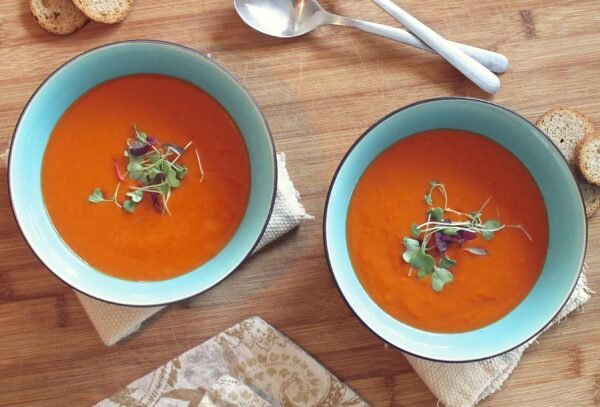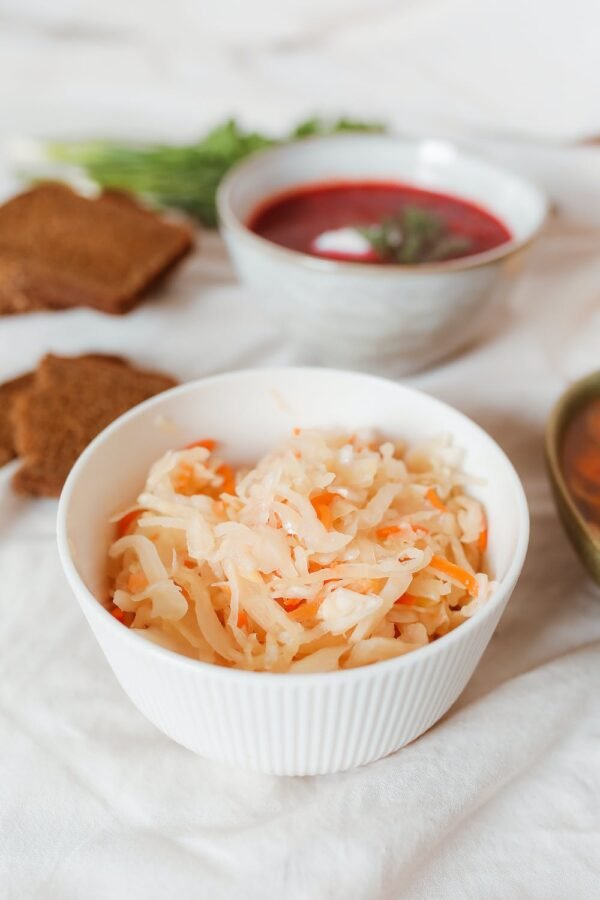
Sauerkraut vs. Kimchi: A Tasty Fermentation Face-Off

Cabbage is a versatile and nutritious vegetable that can be enjoyed in a variety of delicious ways. One popular method of preparing cabbage is through fermentation, which not only enhances its flavor but also preserves its nutritional value. In this post, we will delve into the world of fermented cabbage and compare two iconic dishes: sauerkraut and kimchi.
These tangy and probiotic-rich delights offer a range of health benefits and unique taste profiles, making them popular choices among food enthusiasts.
Let’s explore the characteristics, ingredients, and cultural aspects of sauerkraut and kimchi, and discover delicious ways to eat cabbage.
1. Sauerkraut: A Classic Fermented Delight
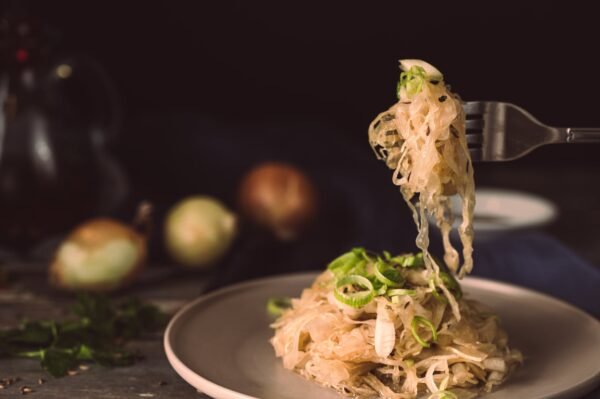
Sauerkraut, originating from Germany, is a traditional fermented cabbage dish. It is made by fermenting finely shredded cabbage with salt. The fermentation process breaks down the cabbage’s sugars, resulting in a tangy and slightly sour flavor. Sauerkraut is often enjoyed as a side dish, topping, or ingredient in various recipes.
2. Kimchi: The Korean Culinary Gem
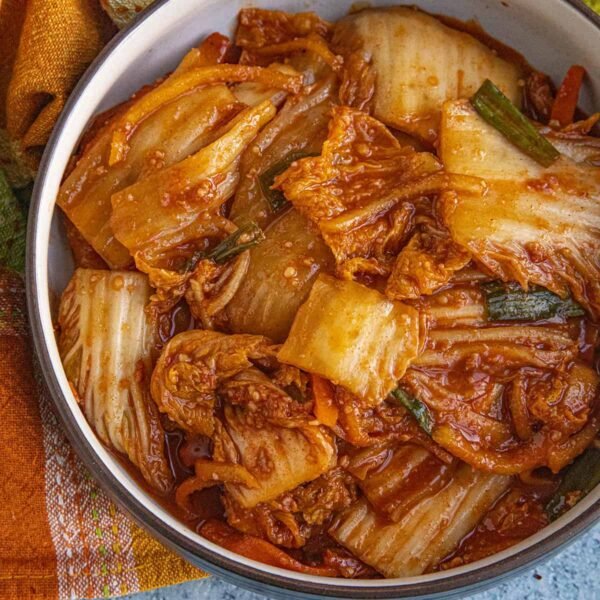
Kimchi, a staple in Korean cuisine, is a flavorful and spicy fermented cabbage dish. Its distinctive taste comes from a combination of cabbage, chili peppers, garlic, ginger, and other seasonings. Kimchi is known for its rich umami flavor and a delightful balance of heat, sweetness, and sourness. Beyond its tantalizing taste, kimchi is beloved for its numerous health benefits and is often served as a side dish or used in stews, stir-fries, and rice dishes.
3. Nutritional Powerhouses
Both sauerkraut and kimchi offer an array of health benefits. They are packed with beneficial bacteria, known as probiotics, which support gut health and digestion. These fermented foods are also rich in vitamins, minerals, and antioxidants that promote overall well-being. Additionally, cabbage itself is low in calories and high in fiber, making it a great choice for those watching their weight or looking to improve their digestion.
4. Cultural Significance
Sauerkraut holds a special place in German cuisine and is often associated with hearty dishes like sausages and potatoes. It has also become popular worldwide and is incorporated into a variety of recipes. On the other hand, kimchi is deeply ingrained in Korean culture and is considered a national dish. It is a source of pride and is often passed down through generations, with families having their unique recipes and methods of preparation.
5. Delicious Ways to Enjoy Fermented Cabbage
- Sauerkraut Delights:
- Top a bratwurst or hot dog with sauerkraut for a tangy and flavorful kick.
- Add sauerkraut to sandwiches or wraps for a delightful crunch and tanginess.
- Incorporate sauerkraut into soups or stews to add depth of flavor.
- Use sauerkraut as a topping for baked potatoes or mix it into mashed potatoes for a unique twist.
- Kimchi Creations:
- Enjoy kimchi as a side dish with rice, grilled meats, or Korean-style pancakes.
- Add kimchi to stir-fries for an explosion of flavor and texture.
- Use kimchi as a filling for savory pancakes or dumplings.
- Create a flavorful kimchi fried rice by combining it with leftover rice, vegetables, and a protein of your choice.
Conclusion
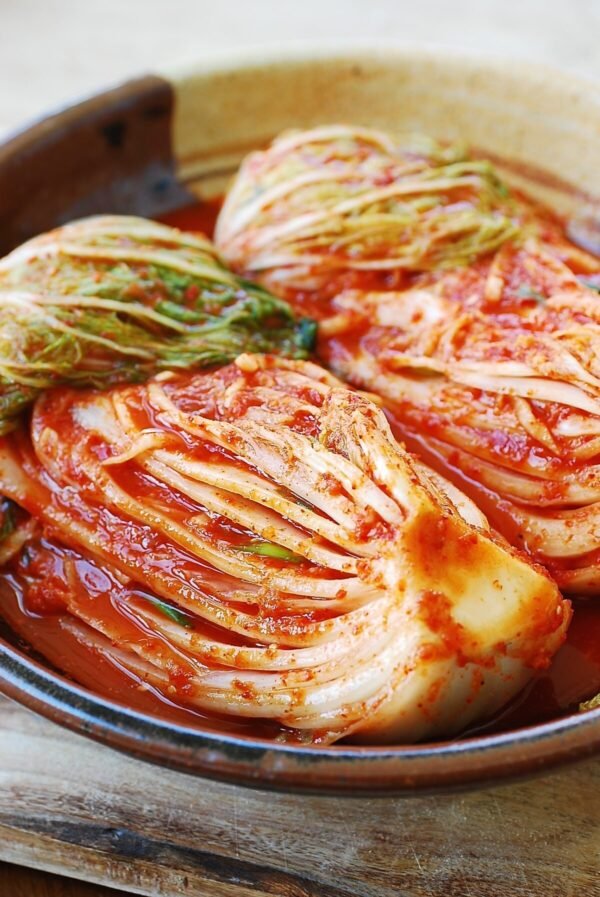
Whether you prefer the simplicity of sauerkraut or the boldness of kimchi, both dishes offer a range of flavors and health benefits. Incorporating fermented cabbage into your diet can be a delightful way to explore new tastes and improve your gut health. So, grab some cabbage, experiment with traditional recipes or create your own, and embark on a culinary adventure with sauerkraut and kimchi!























